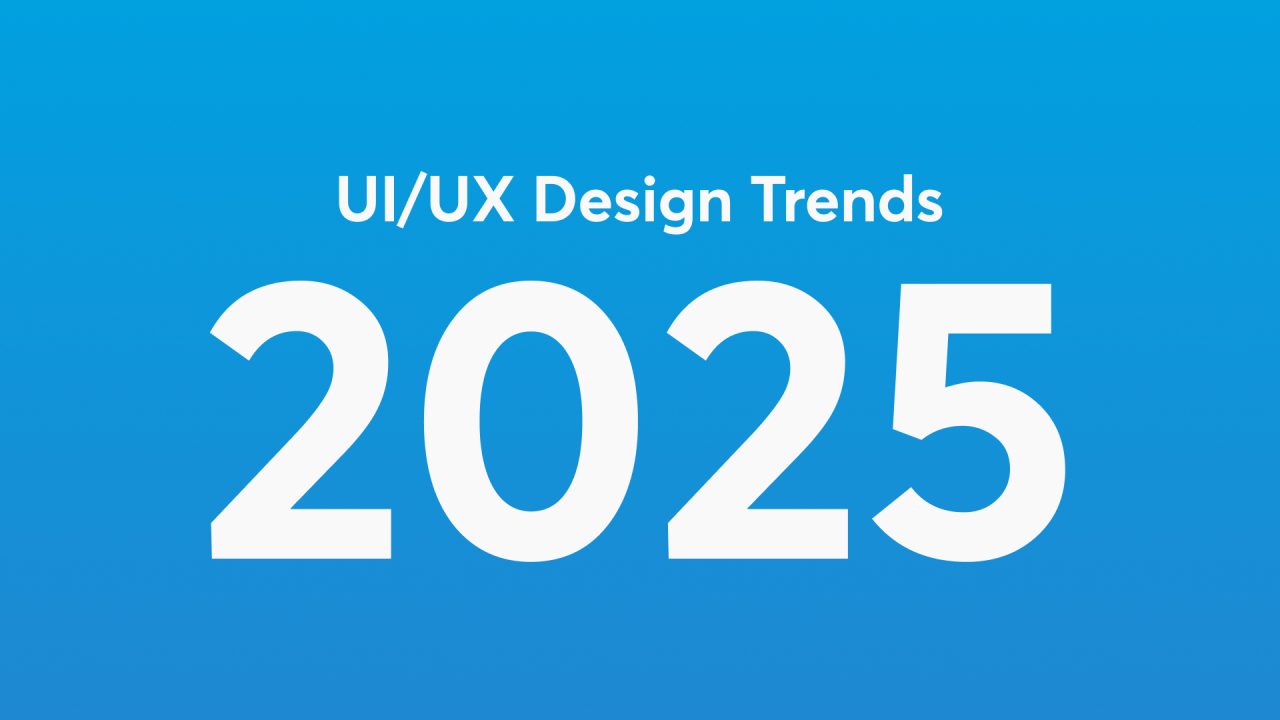No-Code and Low-Code Platforms: Revolutionizing Web Development
Low-code platforms, on the other hand, strike a balance between simplicity and flexibility. They’re designed for users with some coding knowledge, offering the ability to create more complex solutions while minimizing manual coding efforts. Examples include Mendix, OutSystems, and Microsoft PowerApps.
Why Are These Platforms Gaining Popularity?
- 01 - Faster Development Cycles Traditional development projects can take months or even years to complete. With no-code and low-code platforms, developers can prototype, test, and deploy solutions in days or weeks. This speed is invaluable in today’s fast-paced digital economy.
- 02 - Cost Efficiency By reducing the need for large development teams and lengthy project timelines, these platforms significantly lower costs. Startups and small businesses can now launch digital products with minimal investment.
- 03 - Empowering Non-Developers No-code platforms democratize technology, enabling entrepreneurs, marketers, and other non-technical users to bring their ideas to life without relying on developers. This shift allows organizations to innovate faster and more frequently.
- 04 - Enhanced Collaboration With visual development tools, teams can work together more effectively. Stakeholders can provide real-time feedback during the design and development process, ensuring the final product aligns with their vision.
- 05 - Flexibility and Scalability Low-code platforms, in particular, offer the flexibility to incorporate custom code where necessary. This makes it easier to scale applications and integrate them with existing systems.
Use Cases for No-Code and Low-Code Platforms
- E-Commerce: Build fully functional online stores with platforms like Shopify (no-code) or Magento with custom modules (low-code).
- Internal Tools: Create dashboards, inventory management systems, or employee portals with Airtable or AppSheet.
- Mobile Apps: Launch mobile applications using Adalo (no-code) or Mendix (low-code) for seamless deployment.
- Landing Pages and Marketing Sites: Use Webflow or Carrd to design professional, responsive landing pages quickly.
Challenges and Limitations
Despite their advantages, no-code and low-code platforms have limitations:
- Customization Constraints: No-code tools may struggle to deliver highly customized features or designs.
- Scalability Issues: Some platforms may not handle large-scale applications or high user traffic effectively.
- Vendor Lock-In: Businesses might face difficulties migrating their projects to other platforms if the provider’s services change or shut down.
The Future of No-Code and Low-Code Development
As these platforms evolve, we’re likely to see:
- AI Integration: Enhanced AI-driven tools for generating complex workflows and automating repetitive tasks.
- Enterprise Adoption: Larger companies embracing these platforms for rapid prototyping and internal projects.
- Expanded Capabilities: Improved scalability, performance, and flexibility to handle enterprise-level applications.





